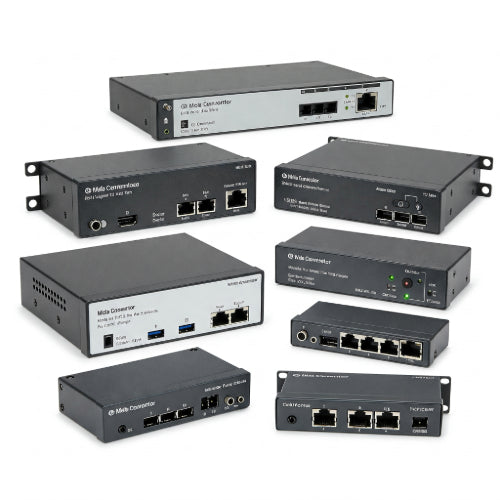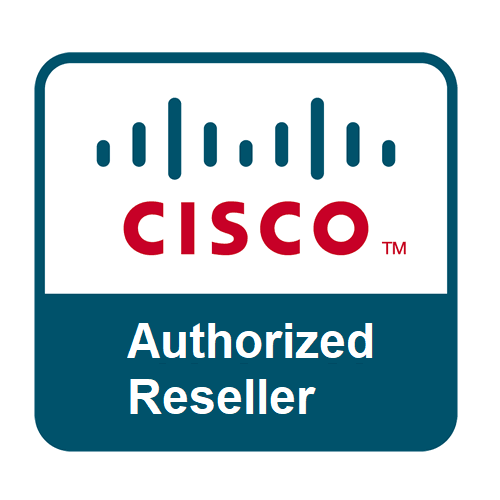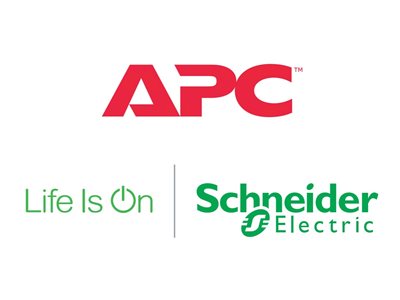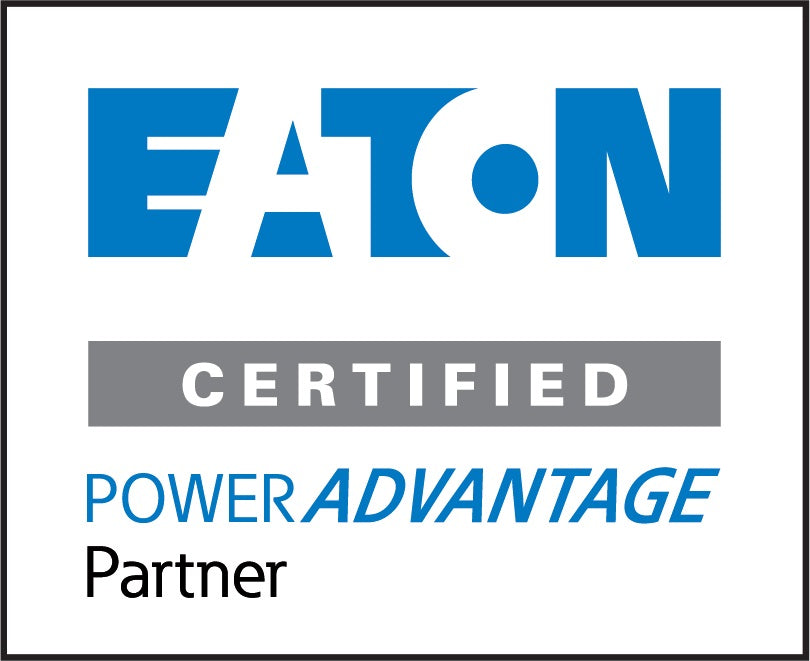Bridging the Gap: The Undeniable Benefits of Media Converters for Network Communication
In today's interconnected world, robust and reliable network communication is the backbone of businesses, organizations, and even our homes. While advancements in technology have brought us various transmission mediums, the reality is that different situations often call for different cable types. This is where the unsung heroes of network infrastructure, media converters, step in to bridge the gap and offer a multitude of benefits.
Think of media converters as translators for your network. They seamlessly convert network signals from one physical medium to another, such as from copper Ethernet (like Cat 5e or Cat 6 cables) to fiber optic cables, and vice versa. This seemingly simple function unlocks a wealth of advantages that can significantly enhance your network's performance, reach, and flexibility.
1. Extending Network Reach Beyond Copper Limitations:
One of the most significant advantages of media converters is their ability to overcome the distance limitations inherent in copper Ethernet cables. Standard copper cables typically have a maximum transmission distance of around 100 meters (328 feet). For longer distances, signal degradation becomes a major issue, leading to data loss and unreliable connections.
Fiber optic cables, on the other hand, can transmit data over significantly longer distances – ranging from hundreds of meters to tens of kilometers – with minimal signal loss. By using media converters to connect copper-based network segments to fiber optic backbones, you can:
- Connect buildings across a campus or industrial complex.
- Establish reliable links between geographically separated offices.
- Extend network connectivity to remote locations without compromising performance.
2. Enhancing Bandwidth and Speed:
Fiber optic cables offer significantly higher bandwidth capabilities compared to copper. This translates to faster data transfer speeds and the ability to handle more network traffic. By utilizing media converters to integrate fiber into your network, you can:
- Support bandwidth-intensive applications like video streaming, large file transfers, and cloud computing.
- Future-proof your network for increasing data demands.
- Improve overall network performance and reduce bottlenecks.
3. Improving Noise Immunity and Security:
Fiber optic cables are immune to electromagnetic interference (EMI) and radio frequency interference (RFI), which can plague copper-based networks, especially in electrically noisy environments like industrial settings. This inherent noise immunity ensures:
- More reliable data transmission with fewer errors.
- Consistent performance even in challenging environments.
Furthermore, fiber optic cables are more secure than copper cables because they don't radiate electromagnetic signals that can be intercepted. This makes them a preferred choice for organizations handling sensitive data. Media converters facilitate the integration of this secure transmission medium into your existing infrastructure.
4. Providing Flexibility and Cost-Effectiveness:
Media converters offer a cost-effective way to integrate different network media without requiring a complete overhaul of your existing infrastructure. Instead of replacing all your copper-based equipment, you can strategically deploy media converters to connect to fiber segments where needed. This provides:
- Flexibility in network design and expansion.
- Cost savings compared to replacing entire network devices.
- The ability to leverage existing copper infrastructure while benefiting from fiber's advantages.
5. Supporting Various Network Protocols and Data Rates:
Media converters are available to support a wide range of network protocols (like Ethernet, Fast Ethernet, Gigabit Ethernet) and data rates. This allows you to seamlessly connect devices operating at different speeds and standards. You can find converters that support:
- 10/100/1000 Mbps Ethernet.
- Various fiber optic standards (single-mode, multi-mode).
- Different connector types (SC, LC, ST).
6. Simplifying Network Management and Troubleshooting:
While they act as bridges, many media converters are designed with management features that can simplify network administration and troubleshooting. These features may include:
- Link fault pass-through: Notifies connected devices of a link failure on the fiber segment.
- Remote management capabilities: Allowing administrators to monitor and configure converters remotely.
- Diagnostic LEDs: Providing visual indicators of link status and activity.
In Conclusion:
Media converters are indispensable tools for modern network communication. They provide a cost-effective, flexible, and reliable way to overcome the limitations of different network media, extend network reach, enhance bandwidth, improve noise immunity, and simplify network management. Whether you're looking to connect buildings, upgrade your network for higher speeds, or ensure reliable communication in challenging environments, understanding the benefits of media converters is crucial for building a robust and future-proof network infrastructure. They are the silent enablers that ensure seamless connectivity in an increasingly diverse and demanding digital landscape.







